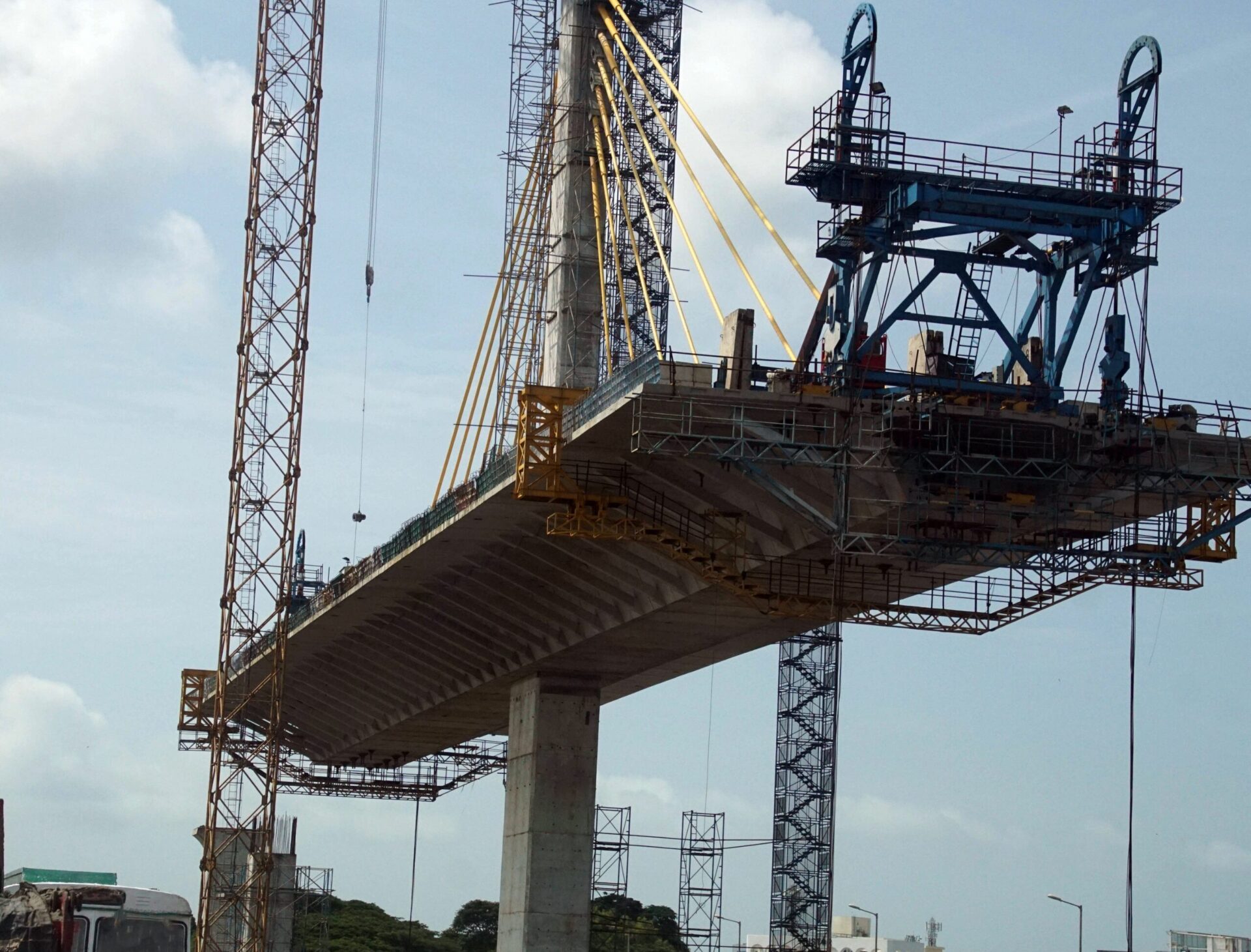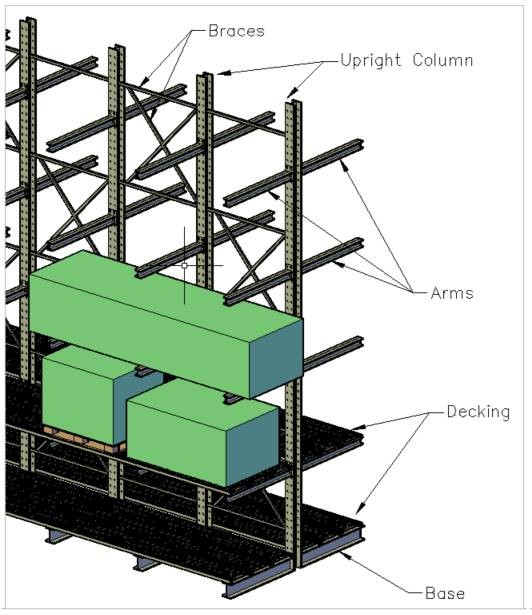Is your Warehouse Layout Up to Date? Receive an Updated Layout in 2 Weeks.
Cantilever Racking System

By Rebecca Granitto
December 6, 2019| 2 min read

There are many different racking options when it comes to distribution center design.
Cantilever racking is built on a base that provides the stability and support for vertical uprights. Braces are then connected between the upright columns for extra strength, and arms are connected to the vertical uprights to support the load of the product.
Cantilever racks can be designed single-sided, to go up against a wall, or double-sided, to create aisles. They can be custom designed to different lengths. This racking system can store regular pallets or oversized items such as furniture, lumber, piping, etc. However, you can only store one pallet deep on the cantilever arm.
Before purchasing a cantilever racking system and deciding on a layout, you must determine the type of lift equipment you will be using. Counterbalance forklifts require wide aisles. Side loader forklifts and multi-directional forklifts are designed to handle long, bulky loads and allows for narrower aisles but at a greater cost.
Cantilever racking requires a considerable capital investment, but it does have several benefits: it increases productivity by improving handling times, maximizes storage capacity by utilizing vertical space, and provides the flexibility to store a variety of different sized products.
If you are you currently floor stacking your oversized products, a cantilever racking system might be a better solution for your operation. LIDD’s supply chain experts can help you explore ways on how to design and optimize your DC operations to make better investment decisions.
Reach out to the LIDD team to learn more about distribution center design and optimizing your warehouse operations.
